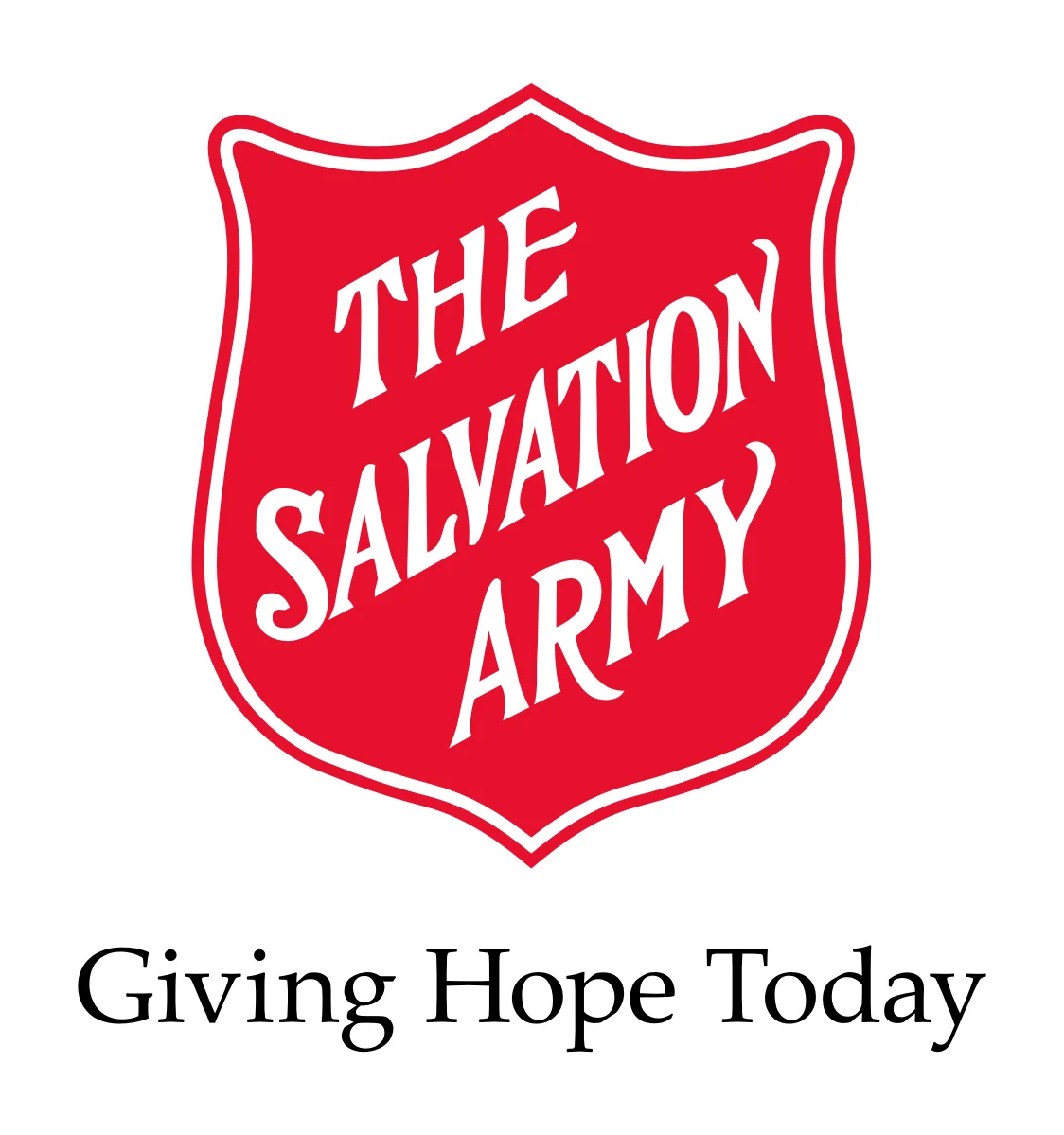Every dollar in a Fort Erie Kettle
stays in Fort Erie
The Salvation Army Christmas Kettle Campaign is a fundraising effort that occurs each year during the Christmas season. Kettles are found in 2000 locations across Canada and are an opportunity for the public to donate whatever funds they can to support the work of The Salvation Army during the Christmas season and throughout the year.
What happens to the money raised?
For too many Canadians, the necessities of life required for basic human dignity are out of reach. Poverty is the root cause that puts dignity out of reach for millions of Canadians, making access to everyday needs, like food, clothing, and shelter difficult. All funds donated to a kettle remain in that community to serve the local residents in need.
Funds raised through donations made at Christmas kettles, together with other sources of funds, help provide direct, compassionate, hands-on service to 1.6 million people each year in Canada, restoring hope and dignity to those who might otherwise remain invisible in society.
Where will the funds raised be used?
While Salvation Army Christmas kettles can be found all across Canada, and around the world, each Christmas kettle location is organized and managed by the local Salvation Army unit.
What is the history of Salvation Army kettles?
In 1891, Captain Joseph McFee wanted to help the vulnerable in San Francisco, particularly during the Christmas season but didn’t know where to get the necessary funding. He remembered from his earlier days in Liverpool, England, seeing a large kettle where passengers of docked boats tossed coins to help the poor. Captain McFee placed a similar pot at the Oakland Ferry Landing, and encouraged the public to “Keep the Pot Boiling.” He collected enough to host a Christmas dinner for the disadvantaged.
The first time a kettle was used in Canada was in St. John’s, Newfoundland in 1906.

